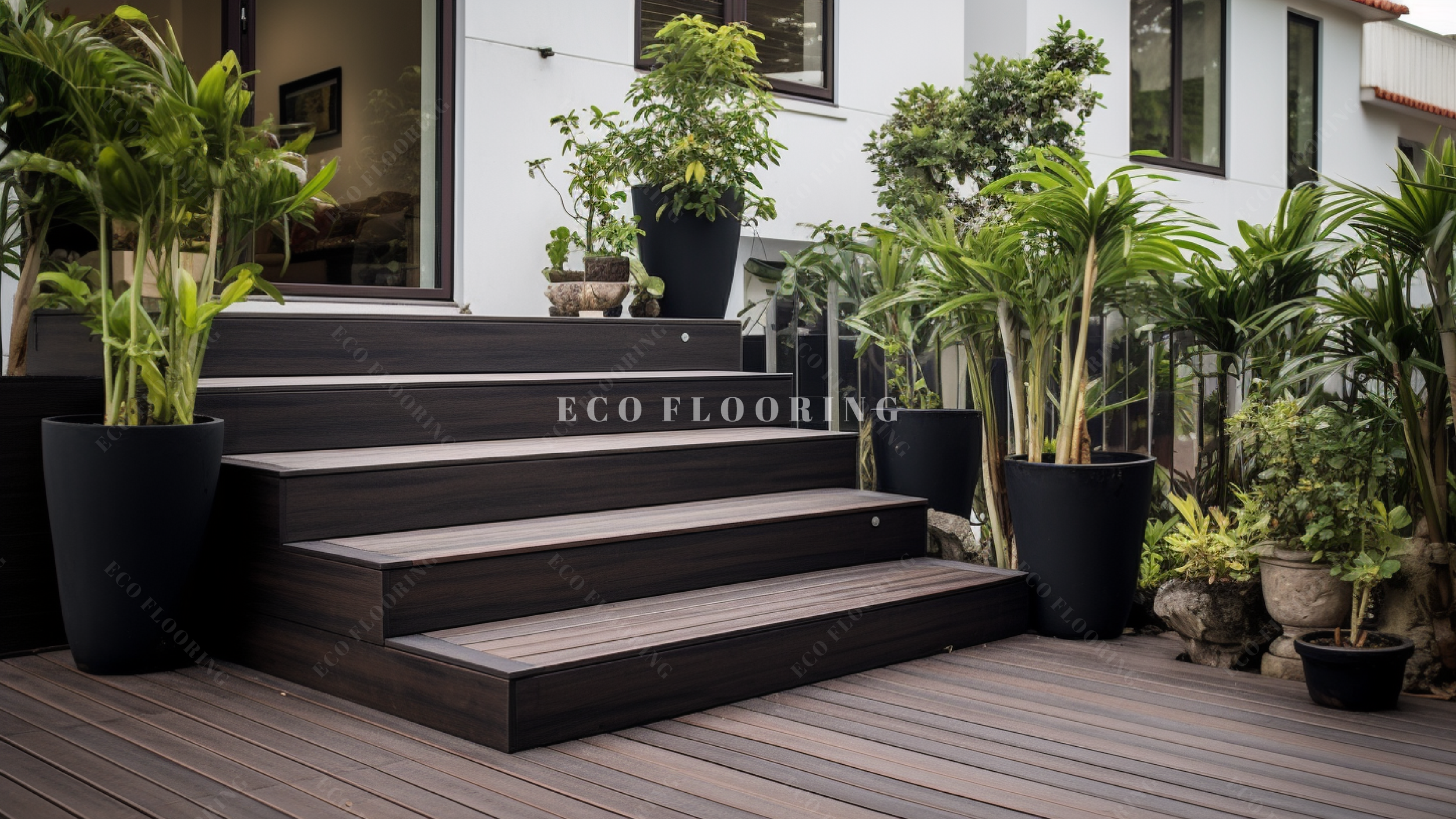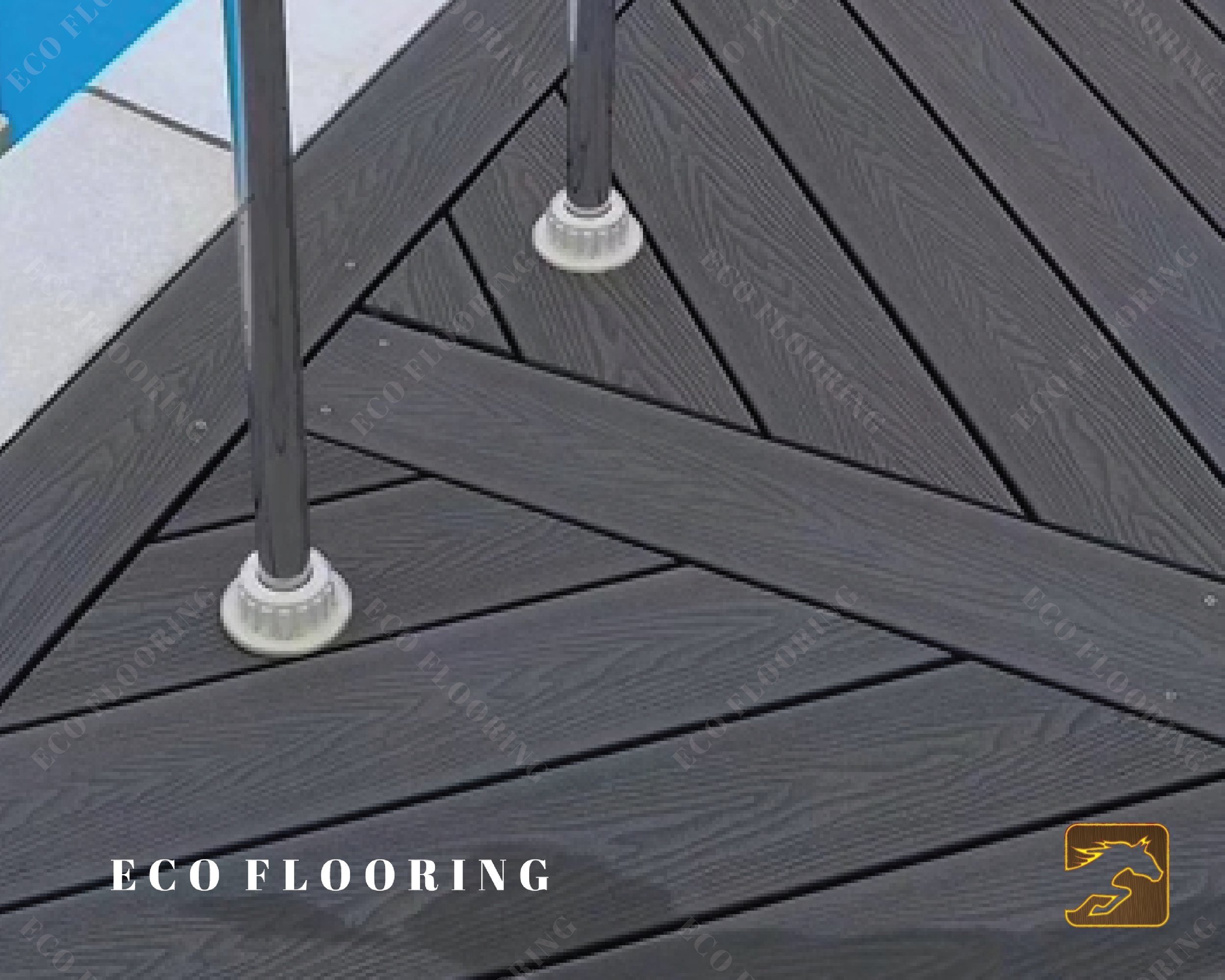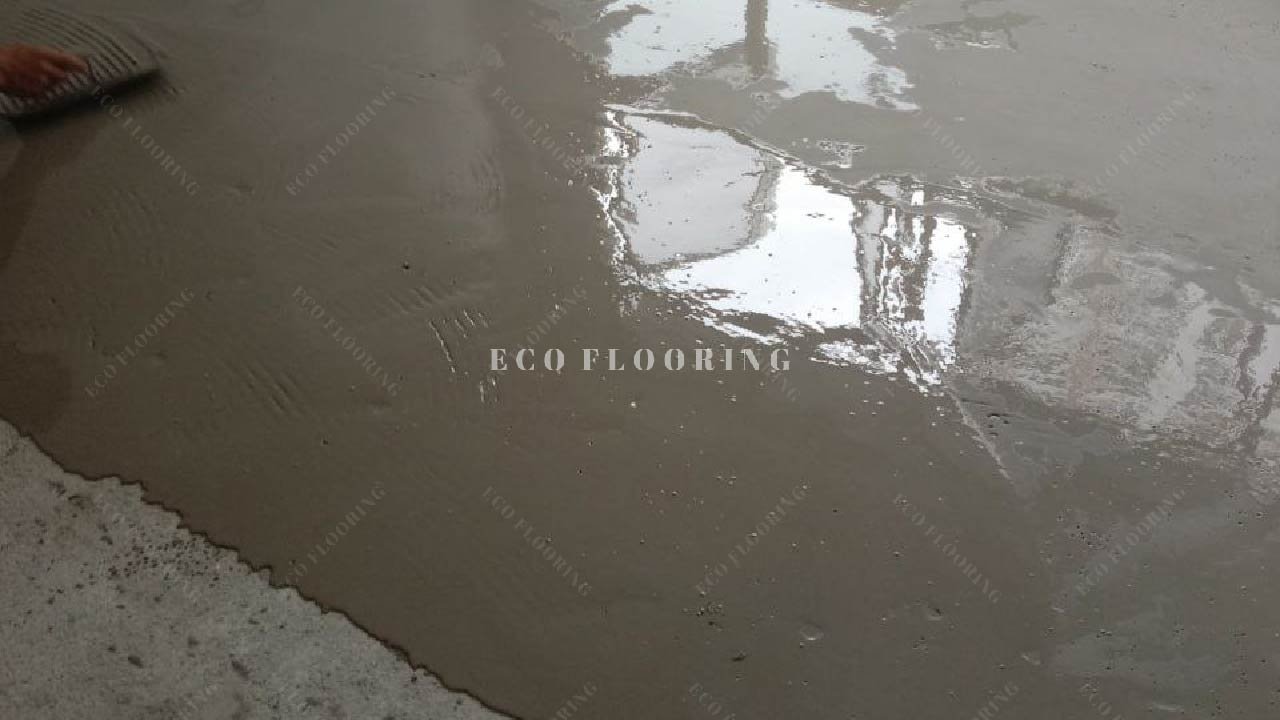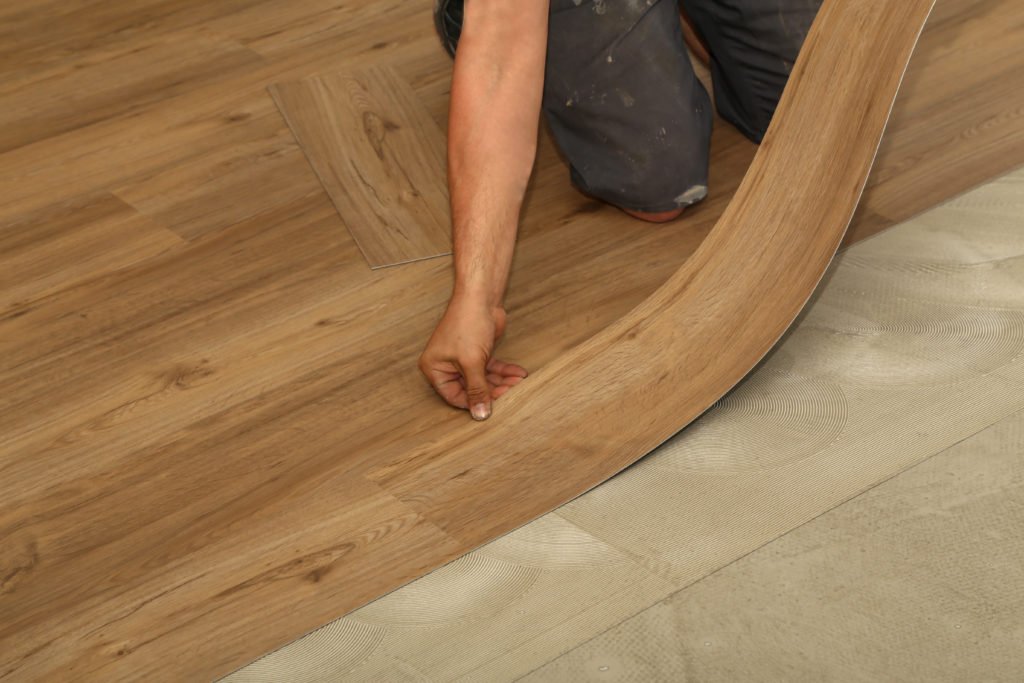In the realm of outdoor design, the choice of materials for steps holds paramount importance for both homes and public spaces. Composite decking, a versatile and practical choice, has gained popularity for creating steps in various environments. This article delves into the advantages and considerations of using composite decking for steps, whether in residential settings or public spaces.
1. Durability for High Foot Traffic
Steps in public spaces endure a substantial amount of foot traffic, and those in residential settings are subject to daily use. Composite decking is renowned for its durability, making it an ideal choice for steps. It resists wear and tear, ensuring longevity even in high-traffic areas.
2. Enhanced Safety with Slip Resistance
Safety is a non-negotiable concern when it comes to outdoor steps. Composite decking often features textured surfaces that enhance slip resistance. This attribute is crucial, especially in public spaces where diverse visitors navigate the area. For homes, it ensures a safe environment for family and guests.
3. Low Maintenance for Public Spaces
Public spaces demand materials that are low-maintenance, as they often have limited resources for upkeep. Composite decking minimizes maintenance efforts, with simple cleaning procedures to keep the steps looking pristine. This quality is advantageous for both public spaces and homeowners seeking convenience.
4. Aesthetic Versatility
Steps play a pivotal role in the visual appeal of an outdoor area. Composite decking offers a wide spectrum of colors, textures, and finishes. This versatility enables designers to match steps with the overall aesthetic of the space, whether it's a public park or a residential garden.
5. Eco-Friendly Considerations
Public spaces, as well as eco-conscious homeowners, appreciate the eco-friendly nature of composite decking. Many composite materials incorporate recycled components, contributing to sustainability. This aligns with the principles of responsible environmental stewardship.
6. Customization for Unique Designs
Steps in both homes and public spaces are often unique in design, suiting the specific needs of the environment. Composite decking can be easily cut and shaped to exact specifications, allowing for custom step designs that harmonize with the surroundings.
7. Long-Term Cost Efficiency
While the initial cost of composite decking may be higher than certain alternatives, the long-term savings in maintenance and replacement make it a cost-effective choice. Steps constructed with composite materials are likely to endure longer, ultimately saving money over time.
8. Seamless Integration with Existing Decks
For homes with existing composite decks, using the same material for steps ensures a seamless and unified appearance. Public spaces can also benefit from the cohesive look of composite steps, enhancing the overall aesthetic of the environment.
In conclusion, composite decking for steps is a smart and stylish solution for both residential and public spaces. It offers durability, safety, and versatility while being eco-friendly and cost-effective in the long run. Whether you're designing steps for a public park, a residential garden, or any other outdoor setting, composite decking steps are an excellent choice to elevate the space's functionality and aesthetic appeal.




















































